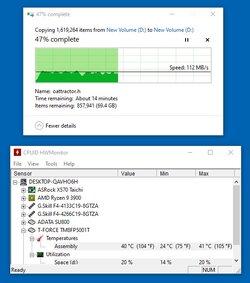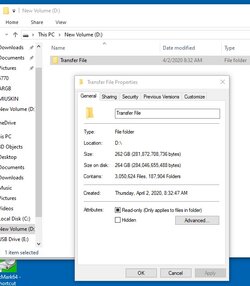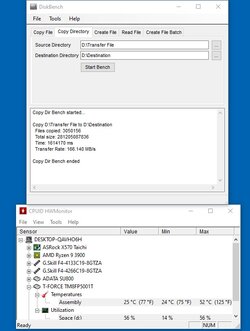- Joined
- Nov 1, 1998
When it comes to modern NVMe drives, heat actually becomes a real concern. Often times M.2 drives are buried under hot graphics cards, which tends to exacerbate the heat problem. To combat this growing concern for NVMe temperatures, and to stop the drives from thermal throttling, companies like Team Group are taking things to the next level. Their latest NVMe SSD release, the T-Force Cardea Liquid, features a liquid cooled heat sink. How can such a small device be liquid cooled? Follow along as we investigate this new drive and run it through a gambit of benchmark tests.
Click here to view the article.
Click here to view the article.


